Benromach 10 Year Old 100 Proof
Two More Benromachs - Part I
3 1494
 Review by @talexander
Review by @talexander
Since I did some Macallans yesterday, and a BenRiach earlier today, I thought I'd search out some more Speysiders and found a few Benromachs. I reviewed the standard 10 year old before (which I have a bit left of), but I have two higher strength ones (both also 10 years old) to examine. First is the Benromach 100 Proof, whose ABV goes by the definition of British proof (57%) rather than the US definition (50%). Thank you to Richard Culver for this sample.
The colour is a medium-dark gold. Very complex on the nose, with big caramel and vanilla with bright herbal peat woven throughout. Baked apples, cloves, cinnamon and dark chocolate. Buttery oak. Sultana raisins. Sweet cereal notes. Minty, but not overwhelmingly so. A drop of water makes it even more herbal and peaty. The interplay between peat, malt and wood is perfectly harmonious.
Those notes carry through on the palate, with the addition of chili spice, orange pith and blackberry. The thick mouthfeel carries that peppery peat smoke through with dark caramel. Surprisingly salty, but in a good way. Water brings every element up a notch - fascinating. Constantly developing in complexity, with each note layering over the other.
The finish is very oaky, with spice, bovril and creamy milk chocolate. I've had this dram before, and I think it could be the best Benromach I have ever had - the perfect combination of the sweet, fruity Speyside style with old-fashioned peat smoke. Add in the thick, creamy mouthfeel and you have a whisky that seems to harken back to bygone times. Almost three years ago, I gave the standard Benromach 10 an 84; tasting them now side-by-side, the difference is huge. The standard is very nice and approachable, with a nice kick in the spice and peat, but the 100 Proof just completely overtakes it. Amazing.
Find where to buy Benromach whisky
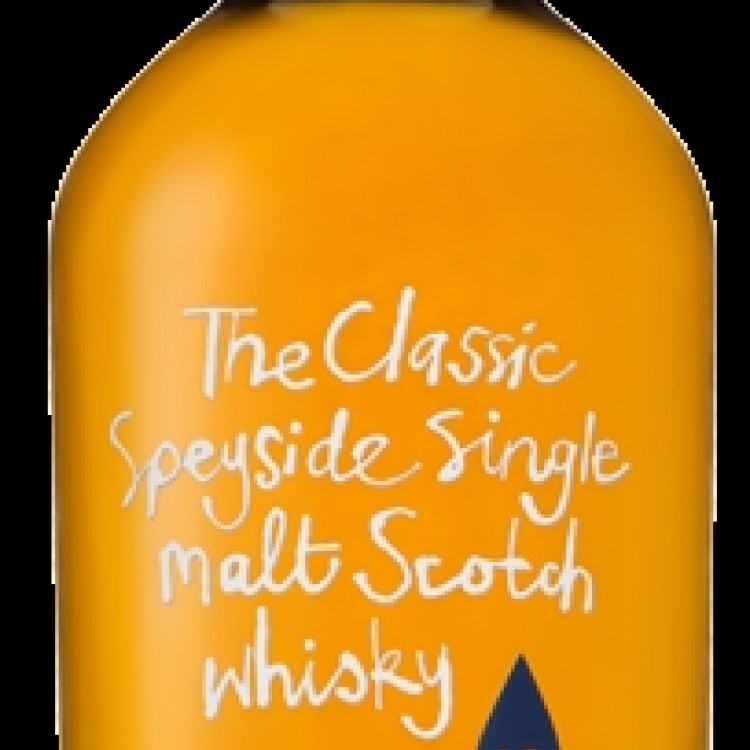
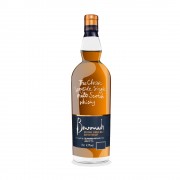
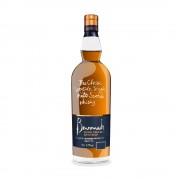
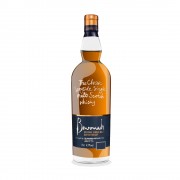
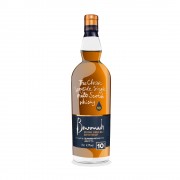



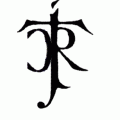


I'm glad you liked this one. I was really looking forward to it when I finally landed some in the UK. At well < $100 per bottle, but $117 will get you one of the few remaining at the LCBO if you want one.
My first bottle is empty and I'll wait a while before opening another, but I'm reassured by looking at my review and finding that I tasted some similar things to you. Not surprising, as we tasted from the same bottle.
Cheers!